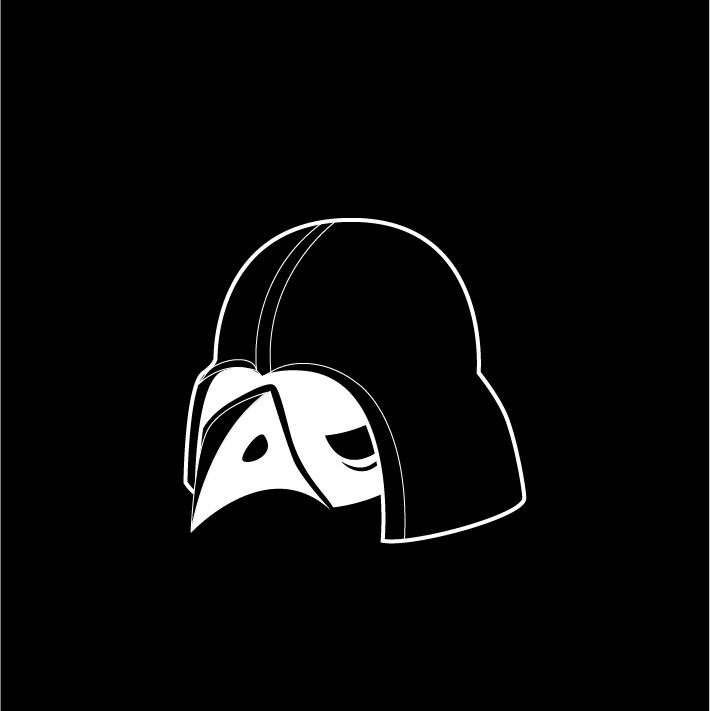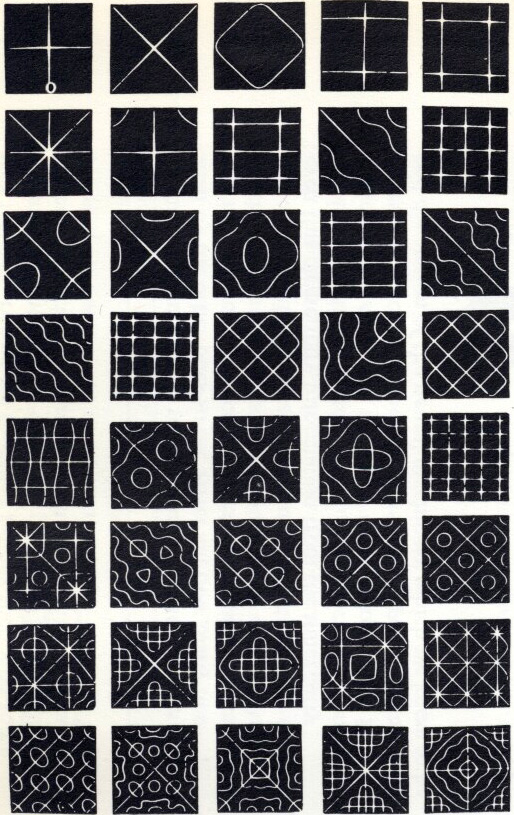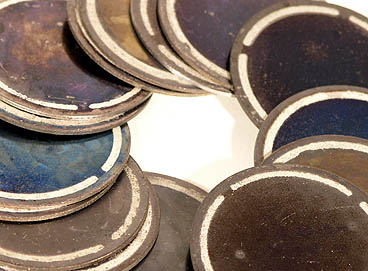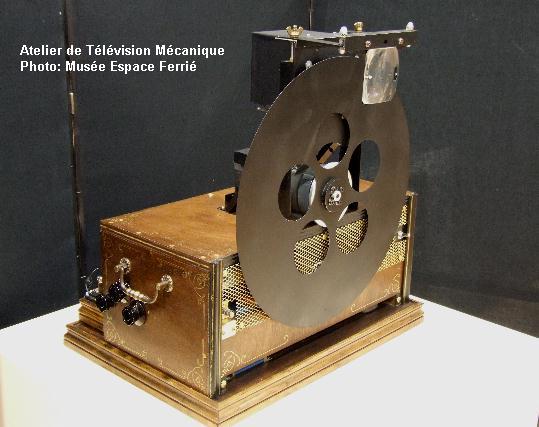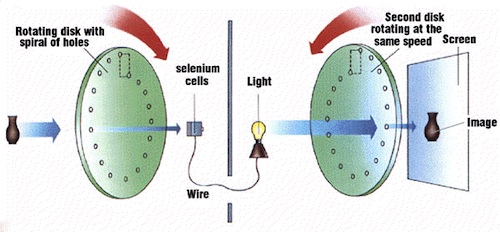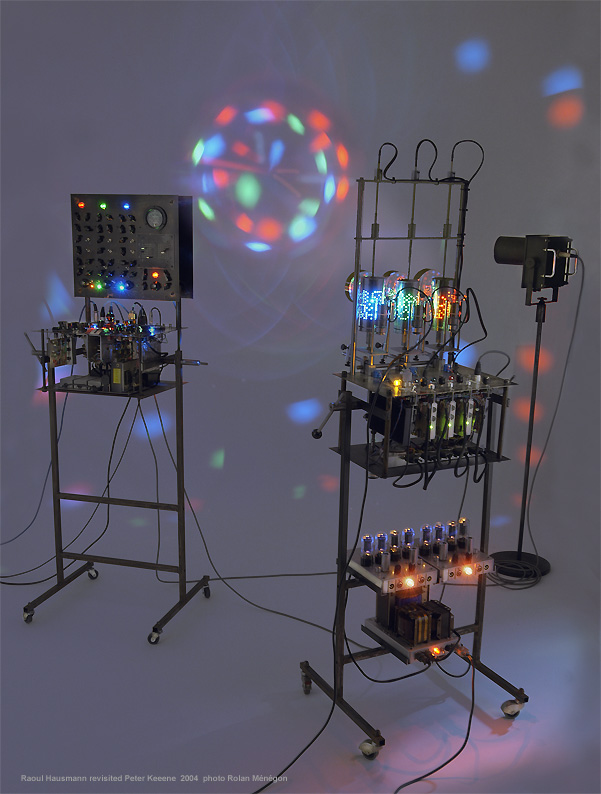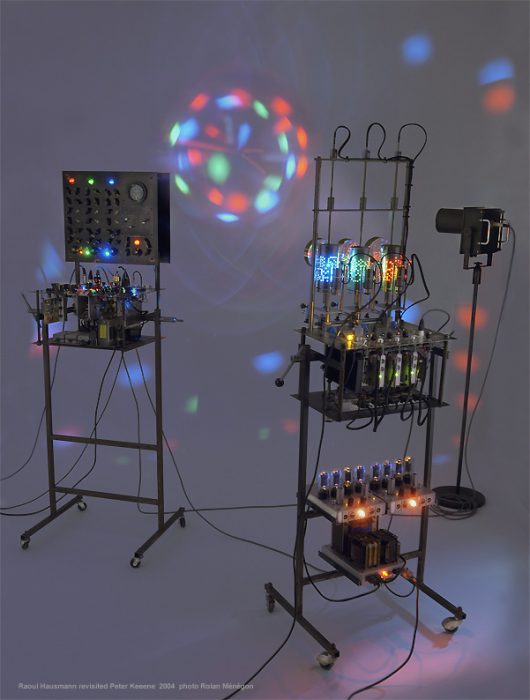
Here are some remarkable scientists/artists as I walk through the history of sound and image making.
On Hearing Eyes and Seeing Ears:
A Media Aesthetics of Relationships between Sound and Image
by Birgit Schneider
Ernst Chladni
Sound Figures (1787)
-Chladni created all these patterns simply by stroking a violin bow along the edge of a glass or metal plate that’s been sprinkled with fine sand.
-Chladni interpreted the patterns as “knot lines” and “knot circles”. Each sound has its own patterns.
-He carried out the experiment for 20 years with various shaped plates.
-An important part point of reference for the history of color music and synesthesia. His sound figures are considered the first systematic attempt to visualize sound as images.
Maximilian Plessner
Die Zukunft des elektrischen Fernsehens (The Future of Electric Television, 1892)
-In the text, Plessner conceived applications for phenomena involving electrical transformation, ranging from the artistic to the aesthetic-analytical to the practical domains.
-Much of the text devoted to the use of a selenium cell to transform sounds into images or to listen to images as sounds. (Which will be known today as sonification and visualization.)
-Proposed transforming sounds into optical phenomena using Alexander Graham Bell’s Photophone and creating an instrument called an “Optophone”
-Hopes to create a “unity of beauty” between sound art and spatial visual art.
Fritz Wilhelm Winckel
Sound/Image Transformations by Means of Television (1930)
-Winckel believed that it is possible to represent acoustic impulses in optical form.
–
-Winckel attached a radio to the image line of the TV as these two media process electrical oscillations within a similar spectrum.
-The end result is a symphony of jagged contours and pianissimo generated indistinct, cloudy figures.
-Harmony from harmouniously constructed, two dimensional mathematical curves.
Raoul Hausmann
Optophone (1922)
First Optophone created in the 1913’s
*Definition by Oxford Dictionary: An instrument designed to enable a blind person to read, in which a photoelectric cell is used to scan a text and produce electric signals that are converted into audible ones corresponding to the different characters.
A little backstory here in the video
-Hausmann created his very own iteration in the 1919
-The idea was to create sound and visual at the same time with the press of a button
-Heavy Dadaist influencee
-Consists of quartz and glassp rism and a neon lamp and slenium cell
-Pressing keys send spectral colors and bands of lines into the optical system. Photoelectric cell transmits electrical impulses into loudpseakers.
-Visuals: abstract rainbow patterns refracted in a crystalline manner by the quartz and glass.
– Sound: Crackles and technical sounds of various pitches.
Note: There were no actual picture and video documentations of the Optophone created by Hausmann, therefore some speculated that it was never actually built back then.
An Interesting video that I came across depicting how an Optophone reads type and traslates it into sound of various tones.
Really really useful stuff.
